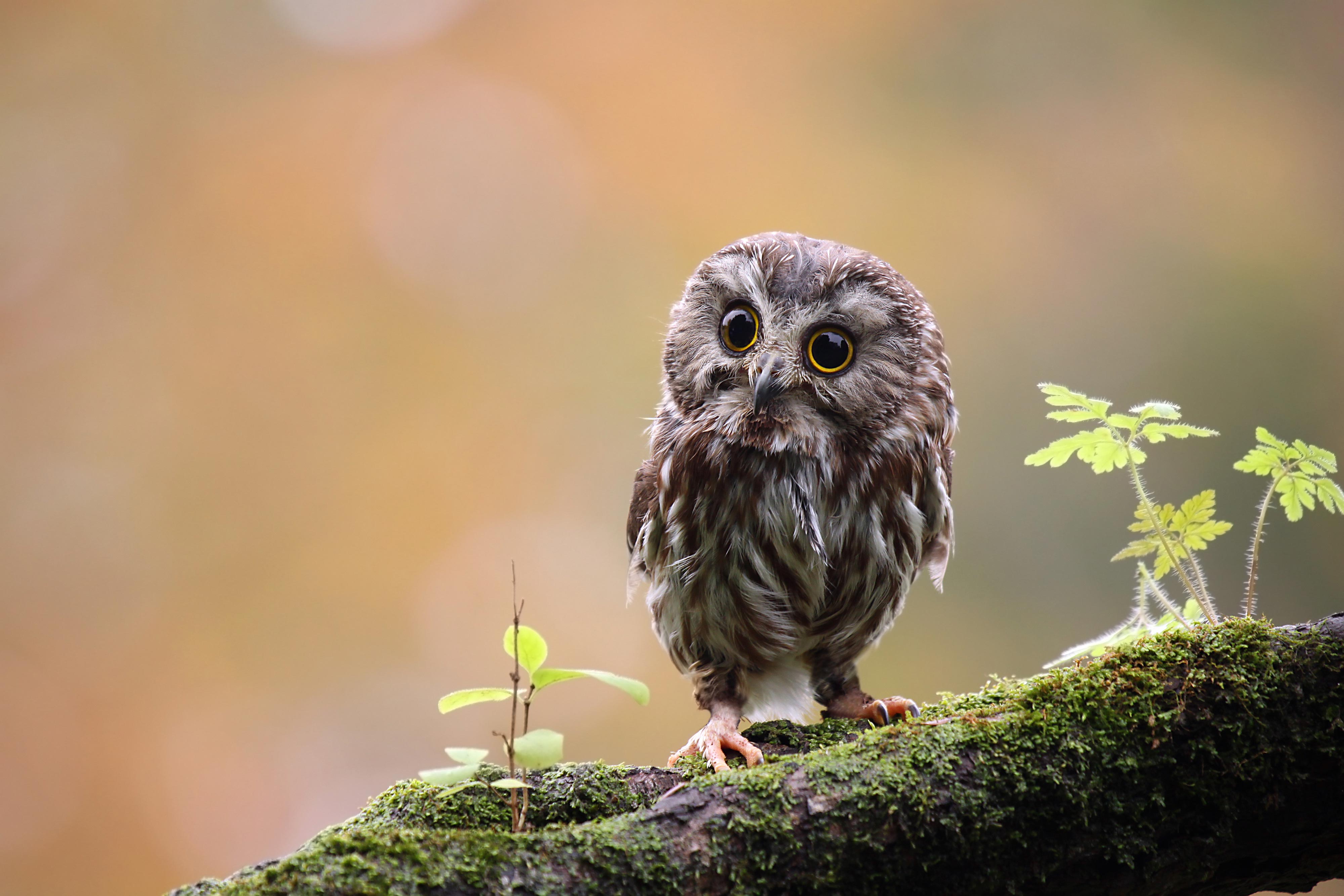| Story by Meghan McMahon |
12/9/2020
Beauty has inspired many a popular saying. Beauty is in the eye of the beholder. Beauty is only skin deep. So on and so forth.
Cuteness, on the other hand, may not have inspired any catchy phrases, but people know cute when they see it. And when they see it, they love it. Beauty may have given us many meaningful sayings, but cuteness rules the day on social media, where pouring over images with hashtags like #toocute and #cutenessoverload can help brighten anyone’s day.
Here in Will County, our preserves are populated with more than a few Instagram-worthy animals that you shouldn’t be surprised to find tagged as #toocute. Below is a sampling of some of the animals that will make your heart swoon.

)
)
)
)
)
)
)
)
)
)